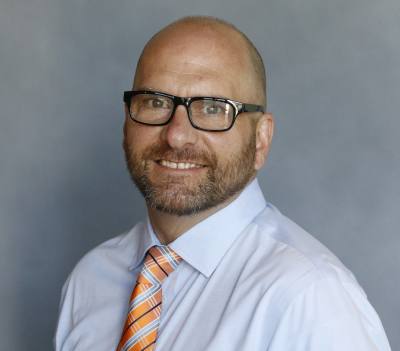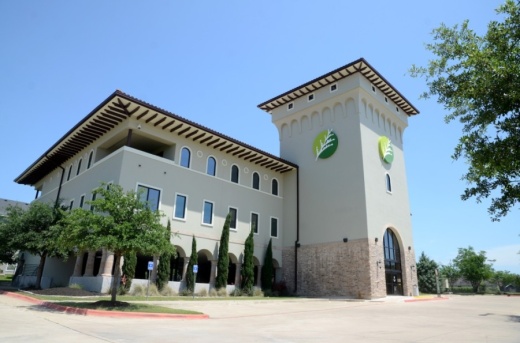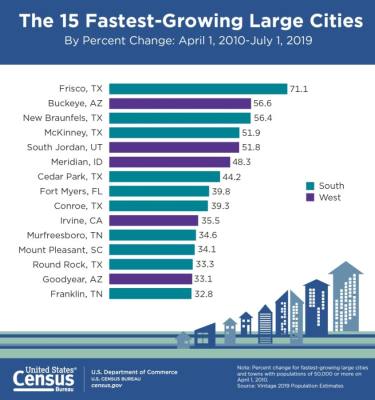From 2010-19, Cedar Park’s population swelled to 79,462—a 44.2% increase.
Tony Moline, the Cedar Park Chamber of Commerce’s president and CEO, credits the health of both the public and private sectors for the city’s fast growth.
“Whether we are talking about how our city government is managed and run, or our plethora of retail shopping, businesses talk to other businesses, and we continue to be a community that is talked about,” he said. “We have amenities that businesses look for, including the H-E-B Center at Cedar Park, great schools, wonderful retail shopping and a tremendous health care industry.”
Five of the 10 fastest-growing large cities from 2010-19 are in Texas: Frisco, first; New Braunfels, third; McKinney, fourth; Cedar Park, seventh; and Conroe, ninth.
Future developments should continue to make Cedar Park a popular choice, Moline said.
“Whether we are talking about the Bell Boulevard Redevelopment Project or Indigo Ridge, Cedar Park will be that draw for not only families and businesses in our region, but around the United States,” he said. “We have a great community of businesses and wonderful resources for our residents.”
The U.S. census defines large cities as having 50,000 or more residents.
To the north, Leander from 2018-19 was the fastest-growing large city in the U.S., according to census data.
With 978,908 residents, Austin is the 11th most populous city in the U.S., according to census data. Dallas is seventh, and San Antonio is ninth.
New York City continues to be the nation’s most populous city with 8,175,031 people.






